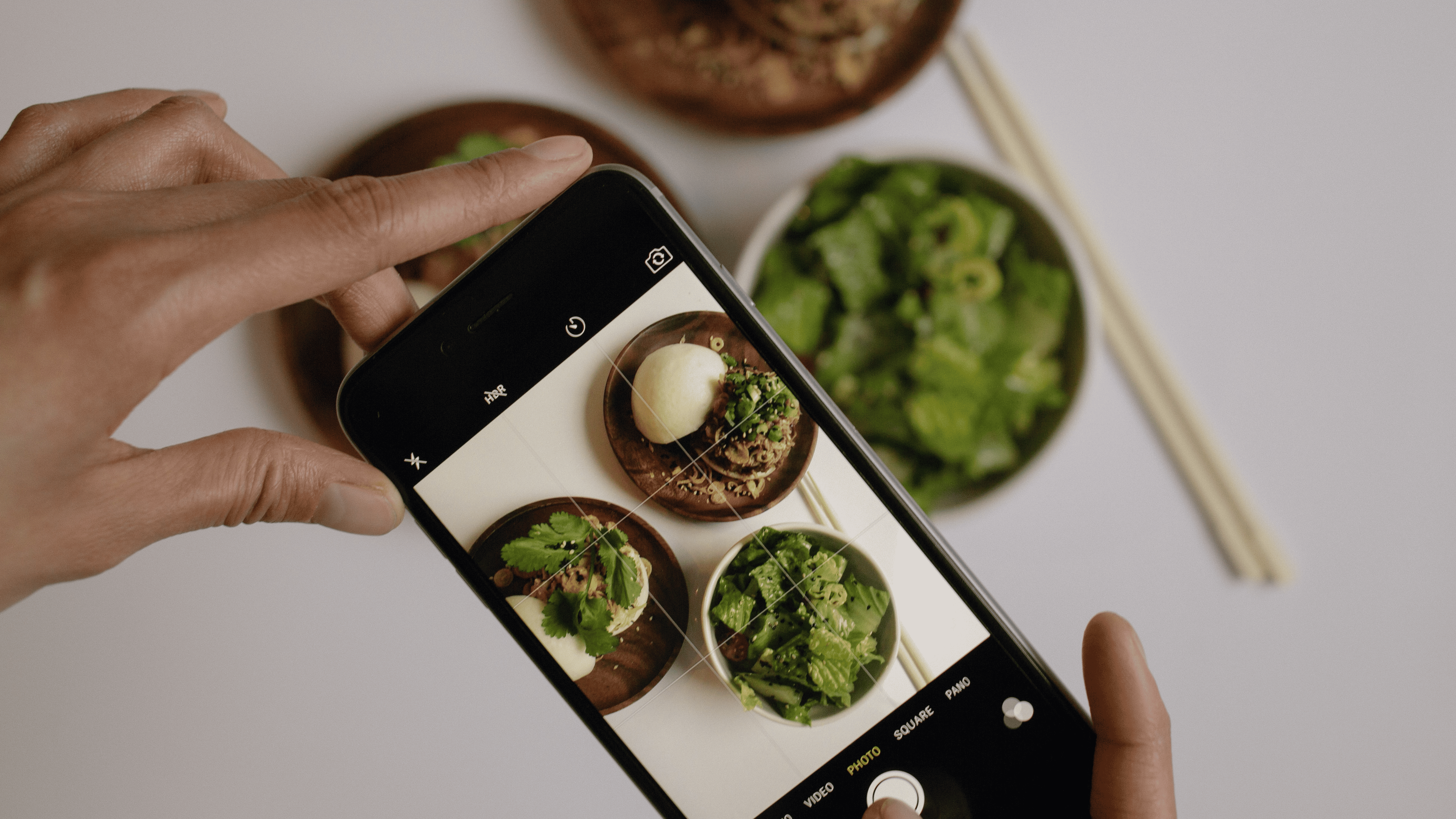User-generated content (UGC), or content created and shared by users on social media, online reviews, and other platforms, can serve as a highly effective marketing tool for businesses. By leveraging UGC, businesses can foster trust and authenticity with their customers and generate greater engagement and conversion rates than with traditional marketing techniques. Here are seven ways in which businesses can utilize UGC in their marketing endeavors:
Social media marketing: Incorporating UGC into your social media marketing strategy is an effective way to feature the experiences and perspectives of real customers, which can be more authentic and engaging than traditional marketing content. This can be achieved by reposting user-generated content, using hashtags to track and feature such content, and encouraging users to share content related to your brand.
Product reviews and ratings: UGC in the form of online reviews and ratings can significantly enhance trust and credibility among potential customers. Encourage customers to leave reviews and ratings on your website or on third-party review sites to provide valuable feedback to other customers and demonstrate the value and quality of your products or services.
Contests and giveaways: Running contests or giveaways that encourage users to create and share content related to your brand can engage your audience, build excitement around your products or services, and generate a wealth of UGC for marketing purposes.
Customer testimonials: Customer testimonials, as a type of UGC, can be highly effective at converting prospects into customers. By featuring such testimonials on your website or in marketing materials, you can showcase the experiences and perspectives of real customers and provide social proof of the superiority and worth of your products or services.
User-generated content campaigns: UGC can serve as the focus of specific marketing campaigns, such as those that encourage users to create and share content related to your brand, which can then be used in your marketing efforts. This approach can help to establish a sense of community around your brand and feature the experiences and perspectives of real customers.
Gamification: The incorporation of game-like elements, such as points, badges, and leaderboards, into non-game contexts to engage and motivate individuals is known as gamification. Utilizing gamification in marketing through UGC can incentivize users to create and share content in order to earn rewards or recognition. For instance, a business could create a gamification campaign that encourages users to create and share content related to their products or services, and then award prizes or recognition to the most creative or engaging submissions.
Hashtag contests: Another way to utilize UGC in marketing is through hashtag contests, which involve encouraging users to create and share content using a specific hashtag. This can generate buzz and excitement around your brand and generate a large volume of UGC for marketing purposes. To run a hashtag contest, simply create a unique hashtag and encourage users to create and share content using that hashtag. The best submissions can then be featured on your social media channels or website, or prizes or recognition can be offered to the most creative or engaging submissions.
In conclusion, UGC can be a valuable asset to any marketing strategy as it helps to build trust and authenticity with customers and can be more effective at engaging and converting prospects than traditional marketing efforts. By incorporating UGC into your marketing efforts, businesses can showcase the experiences and perspectives of real customers and build a sense of community around their brand.



